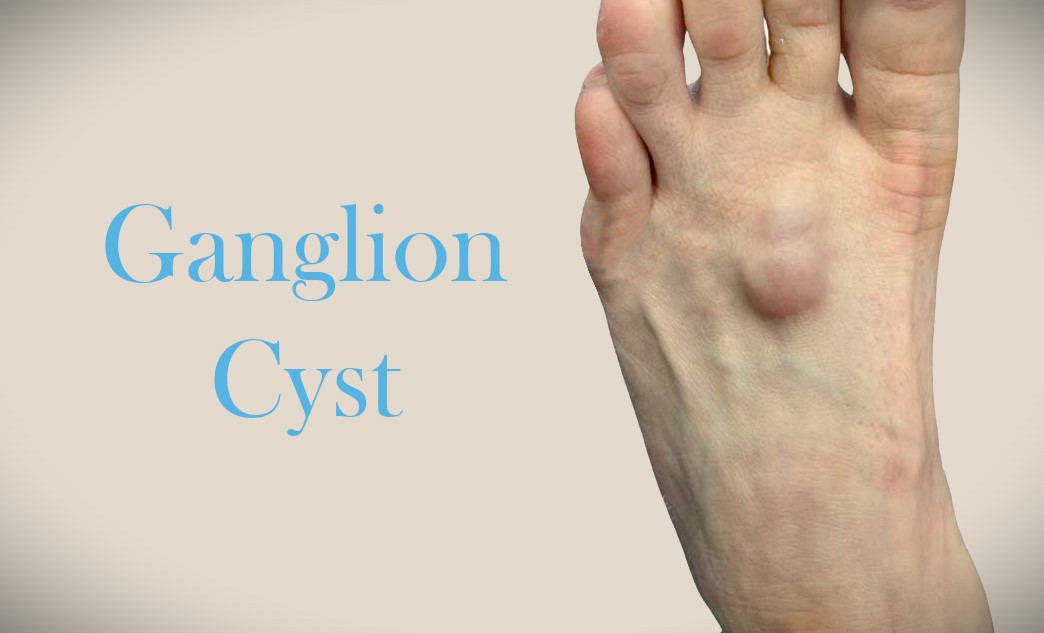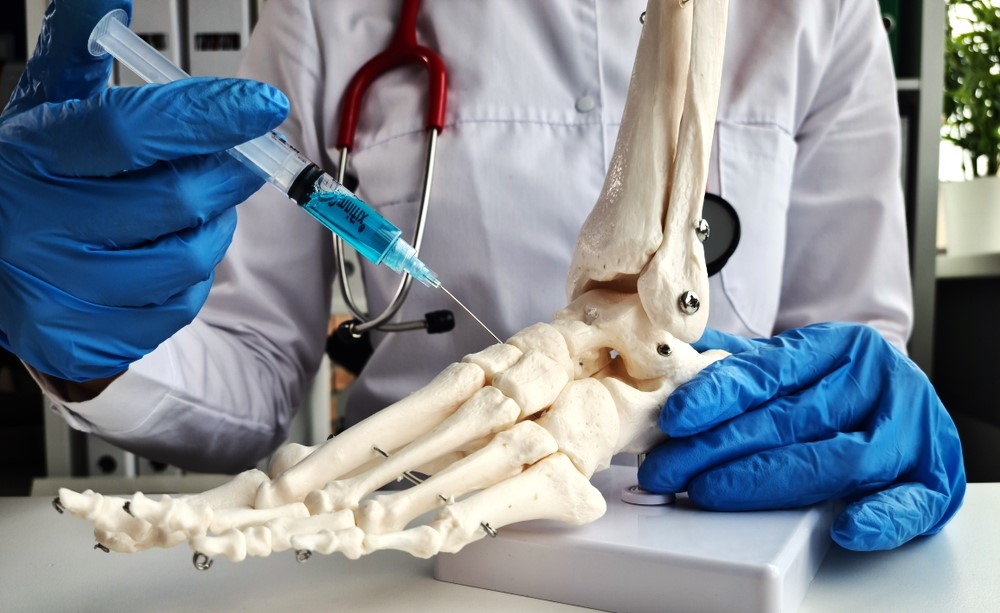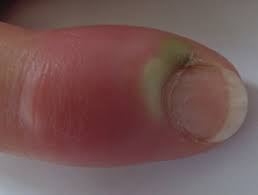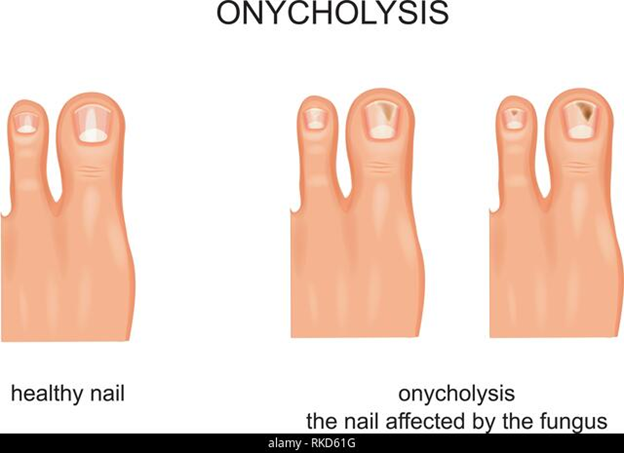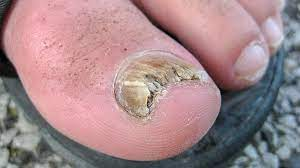Understanding Ganglion Cysts: A Comprehensive Guide
Ganglion cysts are noncancerous lumps that often develop along the tendons or joints of your wrists or feet. These cysts are filled with a jellylike fluid and can vary in size, causing the overlying skin to bulge outward, creating a visible lump. Though they can arise from any joint or tendon sheath, most ganglion cysts are found on the foot’s dorsal side (the top) or the palm side of the wrist.
Causes of Ganglion Cysts
The exact cause of ganglion cysts remains unknown, but they are thought to arise from a flaw in the joint capsule or tendon sheath that allows the joint tissue to bulge out.
Though anyone can develop a ganglion cyst, they are most frequently seen in individuals between the ages of 20 and 40. Factors such as repetitive motion or injury that affects the joint or tendon can increase the risk of developing these cysts.
Symptoms of Ganglion Cysts
Ganglion cysts can be painless, but if they press on a nearby nerve, they may cause pain, tingling, muscle weakness, or numbness. The presence of a cyst can also interfere with joint movement, leading to a reduction in mobility or discomfort when wearing shoes or moving the affected joint.
How are Ganglion Cysts Diagnosed?
The process of diagnosing ganglion cysts is thorough, involving both a physical examination and a review of the patient’s medical history.
At Hurst Podiatry, we’ve found a critical tool in this diagnostic process is the use of diagnostic ultrasound. Ultrasound imaging offers a non-invasive method to get a closer look at the cyst, providing clear images of the soft tissue structures around the joints and tendons.
Diagnostic ultrasound is particularly valuable for identifying the contents of a cyst, distinguishing between fluid-filled ganglion cysts and solid masses that could indicate different conditions. This precision is crucial not only for confirming the presence of a ganglion cyst but also for ruling out other potential issues such as arthritis, tumours, or infections that may present with similar symptoms.
By utilising ultrasound technology, podiatrists can assess the size, shape, and exact location of the cyst, information that is essential for determining the most appropriate treatment plan.
On top of helping with diagnosing these conditions, ultrasound imaging can help monitor the cyst over time, offering insights into its growth or reduction without the need for more invasive procedures. This approach aligns with the goal of providing patient-centred care, ensuring that the diagnosis and subsequent treatment recommendations are as accurate and tailored to the individual’s needs as possible.
In cases where the ganglion cyst is pressing on a nearby nerve, causing pain or other symptoms, the detailed view provided by ultrasound imaging can guide the decision-making process, helping doctors decide whether interventions such as needle aspiration or surgery are necessary.
By integrating advanced diagnostic tools like ultrasound, podiatrists can enhance the accuracy of ganglion cyst diagnoses, ultimately leading to more effective and personalised treatment plans for their patients.
How are ganglion cysts treated?
Treatment for ganglion cysts ranges from close monitoring to surgical intervention, depending on the cyst’s size, location, and the level of discomfort or pain it causes.
- Close Monitoring: Many cysts require no immediate treatment and may simply disappear over time.
- Needle Aspiration: For cysts causing pain or mobility issues, a fine needle may be used to drain the fluid from the cyst, although there’s a chance the ganglion cyst returns.
- Surgery: In cases where the cyst persists or recurs, and pain is significant, surgery involves removing the cyst along with a portion of the joint capsule or tendon sheath. Surgery is usually recommended when other treatment options have not provided relief, or if the cyst affects joint movement.
Orthopaedic surgeons or podiatrists typically perform these treatments, aiming for a full recovery and minimal impact on joint function. After surgery, some patients may experience stiffness or muscle weakness, but further treatment and physical therapy can help regain strength and flexibility.
Living with a Ganglion Cyst
For many, ganglion cysts are more of a cosmetic concern than a medical one. However, if you experience pain or any symptoms mentioned above, it’s crucial to consult a doctor for a proper diagnosis and treatment plan. Regular medical check-ups and monitoring can help manage the symptoms and prevent potential complications.
While ganglion cysts can be a source of discomfort and concern, understanding their nature and the treatment options available can help patients navigate their choices. With proper care and treatment, most people with ganglion cysts can return to their normal activities without lasting issues.
Take care of your feet with Hurst Podiatry
If you’re experiencing discomfort or notice a lump that might be a ganglion cyst, don’t wait for it to become a bigger issue. At Hurst Podiatry, our team of dedicated specialists uses state-of-the-art diagnostic tools, including diagnostic ultrasound, to accurately assess and treat conditions like ganglion cysts.
We also understand the importance of personalised care and are committed to providing treatment plans tailored to your unique needs.
By choosing Hurst Podiatry, you’re taking a step towards relief and recovery, ensuring that your feet receive the expert attention they deserve.
Contact us today to schedule your consultation and let us help you walk more comfortably and confidently. Call us on 03 8799 4426 for our Kilsyth clinic, 03 5901 2216 for our Healesville clinics, or book online here.

